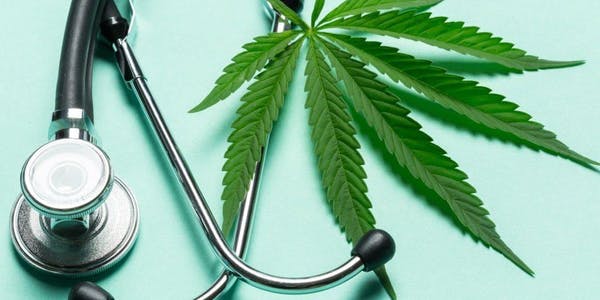Medicinal marijuana for epilepsy: a case series study.
Authors:
Lady Diana Ladino, Lizbeth Hernández-Ronquillo, José Francisco Téllez-Zenteno
Published in Canadian Journal of Neurological Sciences / Journal Canadien des Sciences Neurologiques
November 2014
Abstract
OBJECTIVE:
To describe the social, clinical and use-patterns characteristics of medicinal marijuana use among patients with epilepsy (PWEs).
METHODS:
Eighteen PWEs with prescriptions for medicinal marijuana from a Canadian adult-epilepsy clinic were included in this study.
RESULTS:
Eighteen patients had a prescription of medicinal marijuana from a total population of 800 PWEs in our center (2.2%). Mean age of patients was 30±7.4 (19-50) years. Twelve (67%) patients were males. Eleven (61%) patients had drug-resistant epilepsy. Eleven (61%) patients suffered a psychiatric comorbidity and reported the use of illicit substances or heavy alcohol or tobacco consumption. Only two (11%) patients were married; the rest of patients (89%) were single or divorced. The drug use pattern was similar among patients. All patients asked for marijuana permission in the epilepsy clinic. Most (83%) had a previous history of marijuana smoking, with a mean of 6.6±3 (1-15) years. The mean consumption dose was 2.05±1.8 (0.5-8) grams per day. Ten (56%) patients reported withdrawal seizure exacerbation when they stopped the marijuana. Only two patients (11%) reported side effects, and all patients found medicinal marijuana very helpful for seizure control and improvement of mood disorder.
CONCLUSIONS:
PWEs using medicinal marijuana have a common profile. They are usually young single men with drug-resistant epilepsy and psychiatric comorbidity. Most used marijuana before formal prescription and all believe the drug was effective on their seizure control. Because of the concurrent use of other antiseizure medications, it is complex to estimate the actual effect of marijuana.
PAYWALL
Citation:
Ladino LD, Hernández-Ronquillo L, Téllez-Zenteno JF. Medicinal Marijuana for Epilepsy: A Case Series Study. Can J Neurol Sci / J Can des Sci Neurol. 2014;41(6):753-758. doi:10.1017/cjn.2014.37

